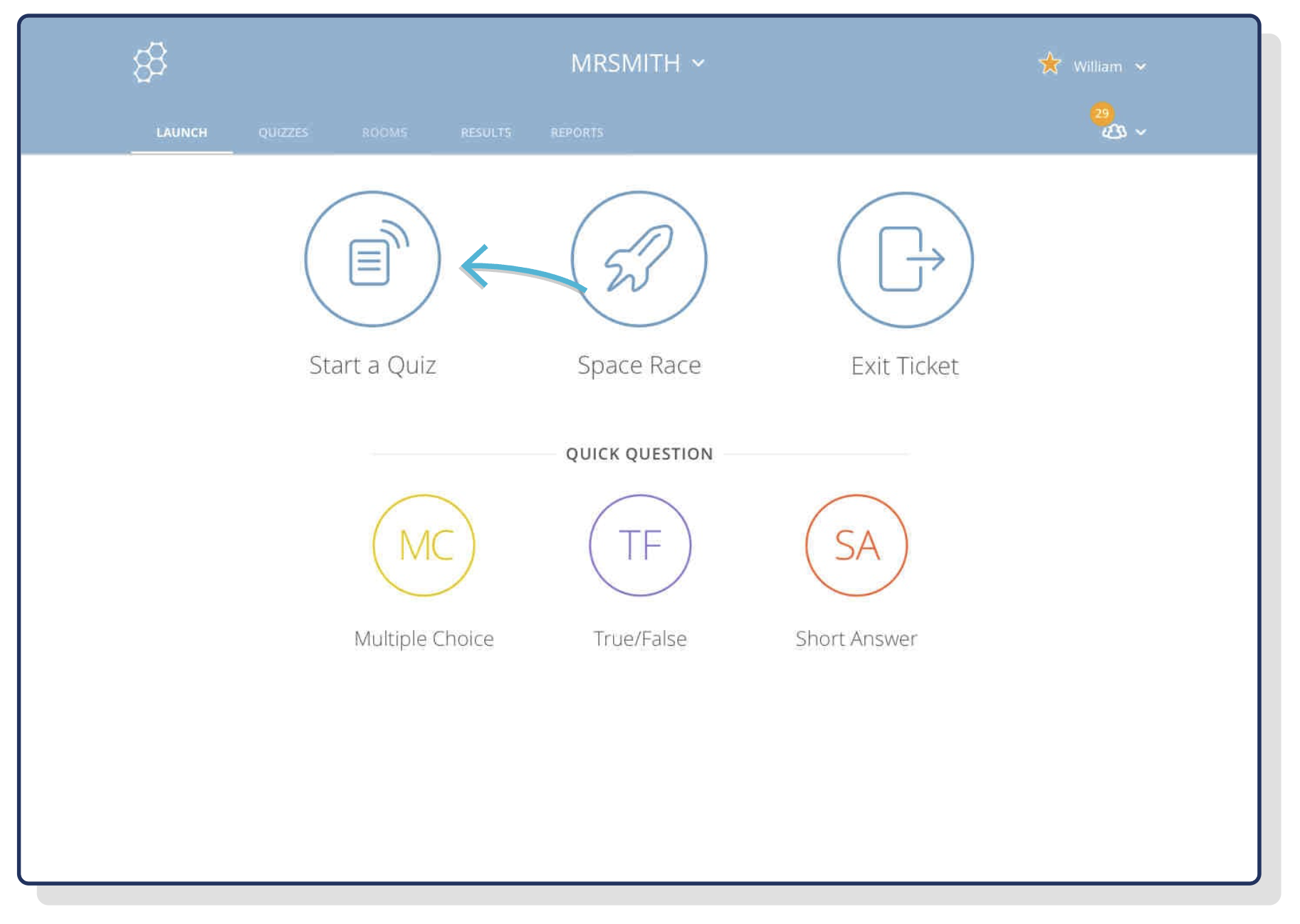Confused about the difference between a font and typeface? You’re not alone. Even some experienced designers mix these terms up. This blog offers clear, straightforward explanations to help you understand these important design concepts effortlessly.
Get ready to embark on a typography journey that would make your designs stand out among others!
Key Takeaways
- Typeface refers to the overall design of a set of characters, while font encompasses specific variations within that design.
- Fonts include different styles such as Roman, Italic, Bold, and Condensed.
- Understanding fonts and typefaces helps designers effectively communicate messages through well – designed glyphs.
- Copyright laws protect intellectual property in typography and ensure recognition and compensation for designers.
Understanding the Difference between Font and Typeface
A typeface refers to a specific design of characters, while a font is the digital file that allows you to use that typeface in different sizes and weights.
Definition of Typeface
A typeface, often used interchangeably but incorrectly with the term ‘font’, is a distinct design of lettering. It’s the collective name for a series of characters, letters and numbers that share the same consistent design.
Each character within this set shares common characteristics such as width, weight, and style. Known types include Serif, Sans Serif, Script, and Decorative. Essentially it is how text ‘looks’.
Every font you see on your computer screen or printed on paper has been designed as part of a specific typeface family by typographers. The purpose behind each unique design varies – some aim to be more legible while others prioritize aesthetics over readability.
Definition of Font
A font refers to a specific set of characters, numbers, symbols, and punctuation marks that share the same style and design features. It includes various aspects like size, weight, and style options such as Roman, italic, bold, condensed, and more.
Fonts are used in graphic design and typesetting technologies to create visually appealing text. They play a crucial role in typography by conveying meaning and enhancing the overall visual appeal of written communication.
Different fonts can evoke different emotions or convey distinct messages depending on their design characteristics. Examples of font families include serif (with decorative lines at the ends of letters) and sans serif (without decorative lines).
Terminology Breakdown
Terminology Breakdown: Understanding the difference between font and typeface involves breaking down some key terms. Typeface refers to the overall design of a set of characters, while font specifically refers to the variations within that design, such as size, weight, and style.
Think of typeface as the family name and font as individual members within that family. Common font styles include Roman, Italic, Bold, Condensed, and more. Glyphs are the specific shapes or symbols that make up each character in a given typeface or font.
By understanding these terms, we can better grasp how fonts and typefaces work together in design and communication.
The History and Evolution of Typeface and Font
Typeface and font have a rich history, with origins dating back to the invention of printing press in the 15th century.
A Brief Overview
Typography plays a crucial role in design and visual communication, with font and typeface being two key elements. Typeface refers to the overall design of a set of characters, while font encompasses specific variations within that design, such as size, weight, and style.
The history and evolution of typeface and font have been shaped by typesetting technologies and artistic preferences. Understanding the difference between font and typeface is important for graphic designers as it allows them to effectively communicate their intended message through the right combination of design features.
It also helps preserve copyright and intellectual property rights.
Importance and Relevance of Understanding Typeface and Font
Understanding typeface and font is crucial for design and visual communication as well as for copyright and intellectual property purposes.
Design and Visual Communication
Design and visual communication play a crucial role in the world of typography, specifically when it comes to understanding fonts and typefaces. The design features and characteristics of different typefaces enable designers to effectively convey messages through their chosen fonts.
Visual elements such as size, weight, and style help create the desired impact and grab the attention of the audience. By carefully selecting appropriate typeface families, graphic designers can enhance the overall aesthetic appeal of their designs while ensuring clear communication of information through legible characters and well-designed glyphs.
Copyright and Intellectual Property
Protecting intellectual property is crucial in the world of design and typography. Copyright laws help safeguard the creative work of designers, ensuring that they receive recognition and compensation for their efforts.
Typeface designs, font families, and other typographic elements are considered intellectual property, which means they cannot be copied or used without permission from the creator.
By understanding copyright and intellectual property laws, designers can ensure that their unique creations remain protected and respected within the industry.
Conclusion
In conclusion, understanding the difference between font and typeface is essential in the world of design and visual communication. It allows designers to effectively utilize typography to convey their intended message.
By recognizing the various characteristics and features of both font and typeface, one can create visually appealing designs that capture attention and communicate effectively.
FAQs
1. What is the difference between font and typeface?
A typeface refers to the design of lettering while a font represents a specific style within that typeface, such as bold or italic in a font family.
2. How does kerning play into this font vs typeface discussion?
Kerning modifies space between individual letters, affecting how each letter of both fonts and typefaces visually flow together enhancing readability.
3. Can you explain what sansserif means?
Sansserif is a category within Typeface classification which describes fonts without decorative strokes at the ends of their characters.
4. How do tracking and leading relate to ‘font vs Typeface’ concept?
Tracking involves adjusting spacing uniformly over a range of characters in both fonts and typefaces; Leading adjusts vertical space between lines of text to improve legibility across various mediums.



